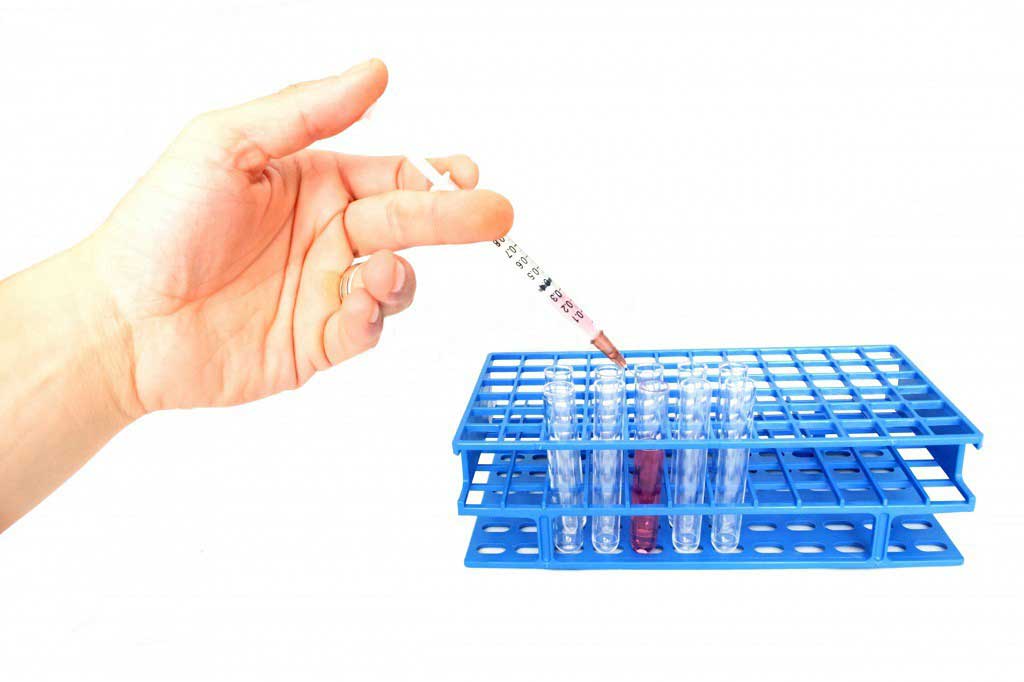Haemophilia
Symptoms
The symptoms of haemophilia vary, depending on how severe the condition is, but the main sign is prolonged bleeding. The bleeding may occur spontaneously or after a medical procedure.
The severity of the condition is determined by the level of clotting factors in the blood:
- mild haemophilia where someone has between 5 and 50% of the normal amount of clotting factors
- moderate haemophilia where someone has between 1 and 5% of the normal amount of clotting factors
- severe haemophilia where someone has less than 1% of the normal amount of clotting factors
Most cases of haemophilia are severe.
Mild haemophilia
Children born with mild haemophilia may not have any symptoms for many years. The condition usually only becomes apparent aftera significant wound, surgery, or a dental procedure such as having a tooth removed. These events could cause unusually prolonged bleeding.
Moderate haemophilia
As well as the above, children born with moderate haemophilia bruise easily. They may also have symptoms of internal bleeding around their joints, particularly if they have a knock or a fall that affects their joints.This is known as a joint bleed.
The symptoms usually begin with a tingling feeling of irritation and mild pain in the affected joint most commonly the ankle joints, knee joints and elbow joints. Less commonly, the shoulder, wrist and hip joints can also be affected.
If a joint bleed isn't treated, it can lead to:
- more severe joint pain
- stiffness
- the site of the bleed becoming hot, swollen and tender
Severe haemophilia
The symptoms of severe haemophilia are similar to those of moderate haemophilia. However, joint bleeding is more frequent and severe.
Children with severe haemophilia have spontaneous bleeding. This means they start bleeding for no apparent reason. Spontaneous bleeding can take the form of nose bleeds, bleeding gums, joint bleeds and muscle bleeding.
Without treatment, people with severe haemophilia can develop:
- joint deformity which may require replacement surgery
- soft tissue bleeding which could lead to further complications
- serious internal bleeding
When to seek emergency medical help
There's a small risk of bleeding inside the skull, known as an intracranial haemorrhage. It's estimated that 3% of people with moderate or severe haemophilia will have an intracranial haemorrhage. However, spontaneous bleeding inside the skull is uncommon and is usually only caused by a severe head injury.
Bleeding in the skull should be treated as a medical emergency.
The symptoms of an intracranial haemorrhage include:
- severe headache
- stiff neck
- vomiting
- a change in mental state such as confusion
- speaking difficulties such as slurred speech
- changes in vision such as double vision
- loss of co-ordination and balance
- paralysis of some or all of the facial muscles
Call the emergency number for an ambulance if you suspect that someone is bleeding inside the skull.
Introduction
Haemophilia is an inherited condition that affects the blood's ability to clot. Normally, when you cut yourself, substances in the blood known as clotting factors combine with blood cells called platelets to make the blood sticky
Symptoms
The symptoms of haemophilia vary, depending on how severe the condition is, but the main sign is prolonged bleeding. The symptoms of an intracranial haemorrhage include: severe headache, stiff neck, vomiting, a change in mental state such as confusion, etc.
Causes
Haemophilia is caused by an inherited genetic mutation that mainly affects males, due to the way it's passed from a parent to their child. A genetic mutation is a permanent alteration in the DNA sequence that makes up a gene.
Diagnosis
Haemophilia can be diagnosed before, during or after birth if there's a family history of the condition. Several options are available to parents. If there's no family history of haemophilia, it's usually only diagnosed when a child begins to walk or crawl.
Treating
If your child is diagnosed with haemophilia, their recommended treatment plan will depend on how severe their haemophilia is. There are two main approaches to treatment: preventative treatment and on-demand treatment.
Complications
Some people who take blood clotting factor medication may develop certain antibodies in their immune system, known as inhibitors.This happens if the immune system starts to treat clotting factors as foreign objects (like germs) and tries to block their effects.
Living with
With treatment, most people with haemophilia can live a normal life. However, there are some things you'll need to be careful of. You should avoid contact sports such as rugby. You also need to be careful taking other medications, because some can interfere with your blood's ability to clot.







 Subscribe
Subscribe Ask the doctor
Ask the doctor Rate this article
Rate this article Find products
Find products